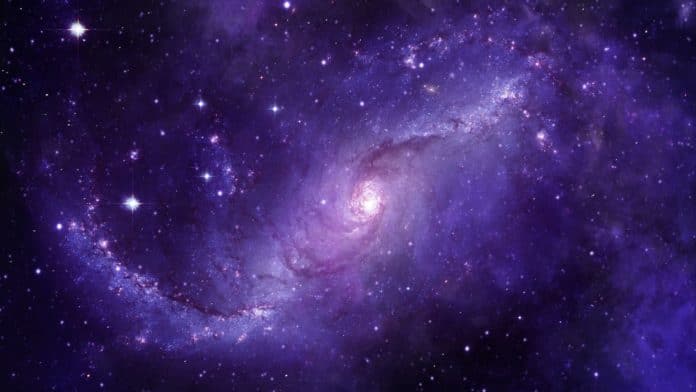Since a long, scientists have assumed that stars in other galaxies are similar to stars in Milky Way. A new study by scientists from the University of Copenhagen‘s Niels Bohr Institute has tested whether the same distribution of stars in the Milky Way applies elsewhere.
Scientists used observations from 140,000 galaxies across the universe and a wide range of advanced models. They found that the stars outside the Milky Way, i.e., in distant galaxies, are typically more massive. The result could change our understanding of astronomical phenomena, including the formation of black holes, supernovae, and why galaxies die.
In particular, they looked at how many light galaxies emit at various wavelengths. Large massive stars are bluish, while small and low mass stars are more yellow or red. By comparing the distribution of blue versus red colors in a galaxy, they measured the distribution of large versus small stars.
Albert Sneppen, a graduate student at the Niels Bohr Institute and the first author of the study, said, “The mass of stars tells us, astronomers, a lot. If you change mass, you also change the number of supernovae and black holes that arise from massive stars. Our result means that we’ll have to revise many things we once presumed because distant galaxies look quite different from ours.”
Only light from stars in distant galaxies reaches earth. This has been a source of consternation for astronomers worldwide for years, as they have never been able to pinpoint how stars in other galaxies are dispersed, leaving them to believe that they are distributed similarly to the stars in our Milky Way.
Associate Professor Charles Steinhardt, a co-author of the study, said, “We’ve only been able to see the tip of the iceberg and known for a long time that expecting other galaxies to look like our own was not a particularly good assumption to make. However, no one has ever been able to prove that other galaxies form different populations of stars. This study has allowed us to do just that, which may open the door for a deeper understanding of galaxy formation and evolution.”
Scientists suggest that this discovery could have a wide range of implications. The new result suggests that a simple trend might explain this.
Albert Sneppen said, “Now that we can better decode the mass of stars, we can see a new pattern; the least massive galaxies continue to form stars, while the more massive galaxies stop birthing new stars. This suggests a remarkably universal trend in the death of galaxies.”
Journal Reference:
- Albert Sneppen et al. Implications of a Temperature-dependent Initial Mass Function. I. Photometric Template Fitting. DOI: 10.3847/1538-4357/ac695e
